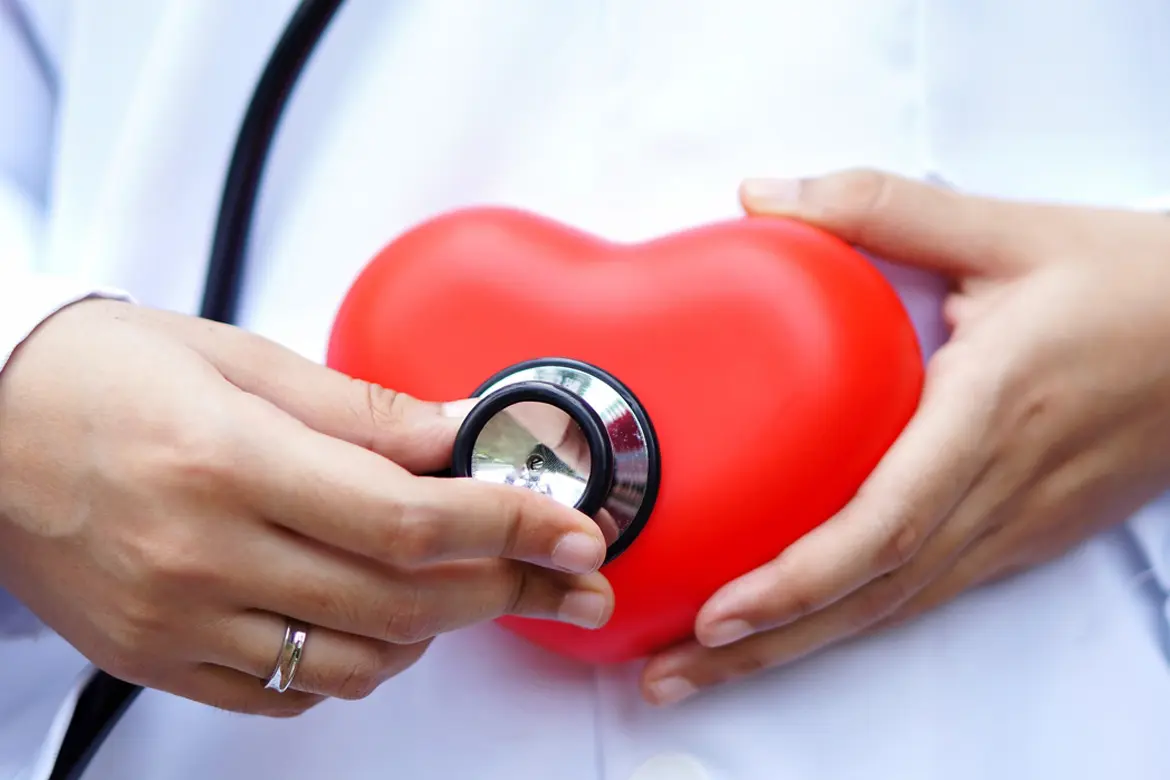-
-
Featured Care Areas


Source: Shutterstock
Heart Screening Checklist for a Healthy Heart
Last updated: Wednesday, August 24, 2016 | 5 min reading time
The problem with heart disease – aside from the fact that it’s heart disease – is that, without health screenings, it’s unlikely you will know there is anything wrong until it is too late.
Dr Michael Lim, cardiologist at Mount Elizabeth Hospital, explains the different types of heart screenings.
Perhaps you are severely short of breath after walking up a short flight of stairs, or your heart is beating irregularly for no apparent reason. These are just some of the symptoms that could herald coronary artery disease (CAD), and you should get in touch with a doctor as soon as possible.
That is why doctors advocate heart screenings. After all, diagnosing a problem early is the best way to increase the success rate of treatment later on. Heart screenings look deep into your chest to spot potential problems before they worsen, and with many affordable options there's no excuse to give a heart screening a miss.
There are many types of heart screenings, all with different procedures and for different purposes. To give you a better idea of what to expect, here's a checklist of the different types of heart screenings in Singapore that will help you figure out if your heart is functioning at 100%.
Electrocardiogram (ECG)
The ECG is a non-invasive heart screening that records electrical signals of the heart. These signals are related to the heart rate and rhythm and can help doctors evaluate the patient's heart condition, such as irregular heart rhythms.
Holter monitoring
The Holter monitor is a portable device that records your heart's activity for 24 – 48 hours, depending on the size of the monitor. It is used because an abnormal heart rate may come and go, so doctors will want to evaluate it over a period of time for higher accuracy.
Cardiac computerised tomography (CT) scan
CT scans utilise x-rays to get a clear image of your heart, and can be used to show blockages. This type of heart screening is normally used when normal ECGs and echocardiograms are not giving enough information about your heart.
Echocardiogram
Using ultrasound, this low risk, non-invasive heart screening procedure helps cardiologists see how your heart is beating and pumping blood. This procedure is mainly used to diagnose anomalies in heart valves.
Cardiac magnetic resonance imaging (MRI)
The MRI uses magnetic and radiofrequency waves to create detailed pictures of your organs. This heart screening test is often used for diagnosing problems with heart valves and the aorta, the main artery.
Coronary angiogram
A coronary angiogram is a more invasive heart screening procedure whereby a tube is inserted from your neck, thigh or to your heart. After that, a special dye visible only to x-ray is injected into the blood stream. That way, doctors will be able to pick up plaque build-up in the arteries.
The good news is that with modern technology, non-invasive procedures are becoming more common. Dr Michael Lim explains, "Increasingly, patients at risk of heart disease are being assessed with safer non-invasive tests, such as a CT scan, which can visualise the arteries within seconds. The CT scan is safe and highly accurate when performed by experienced doctors. Compared to an invasive coronary angiogram, CT is not associated with risks such as stroke and heart attacks."
Find out some of the medical procedures available should you need to undergo heart treatment. With the correct insurance coverage, your bill size can be better gauged and managed.








